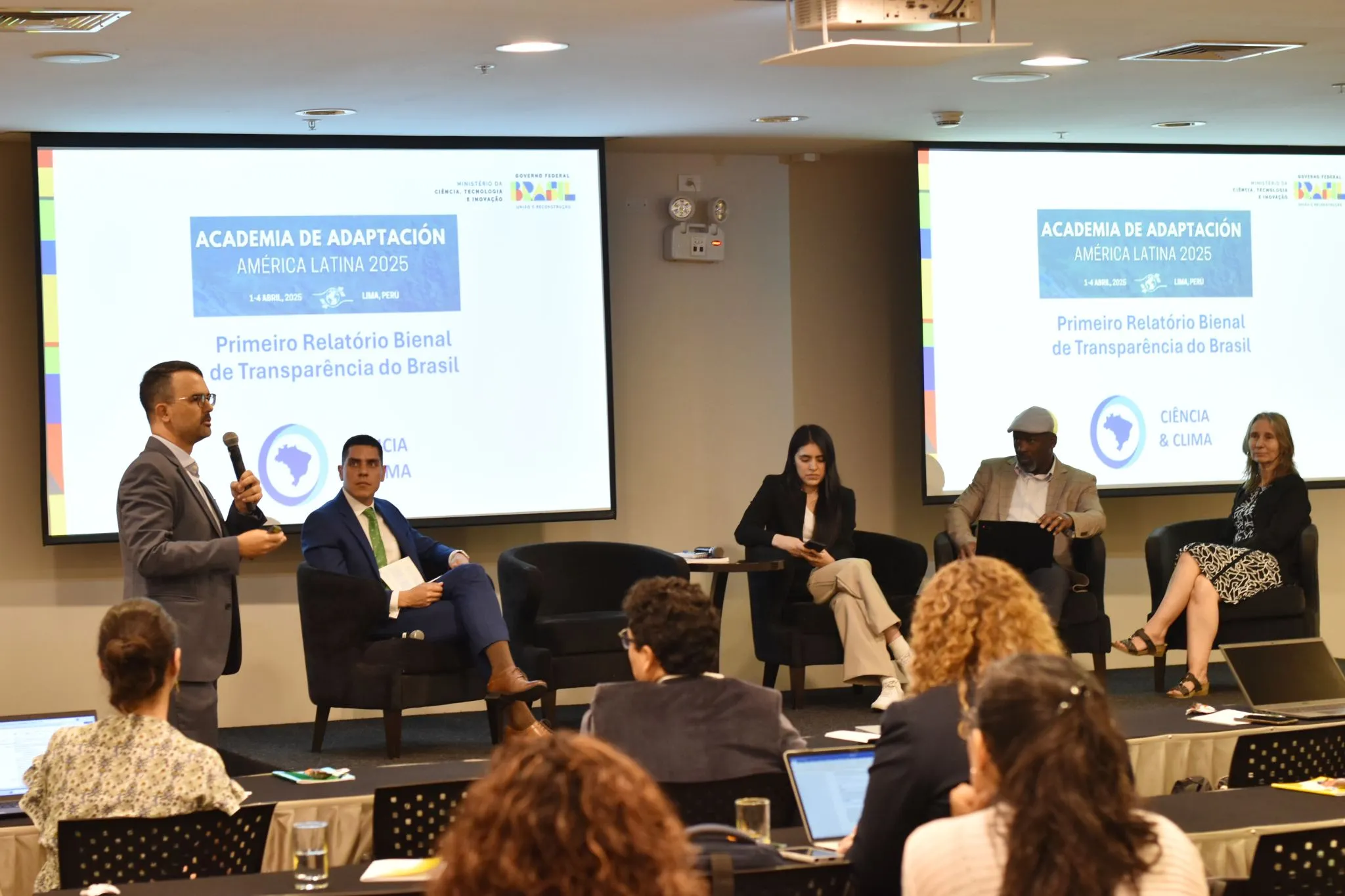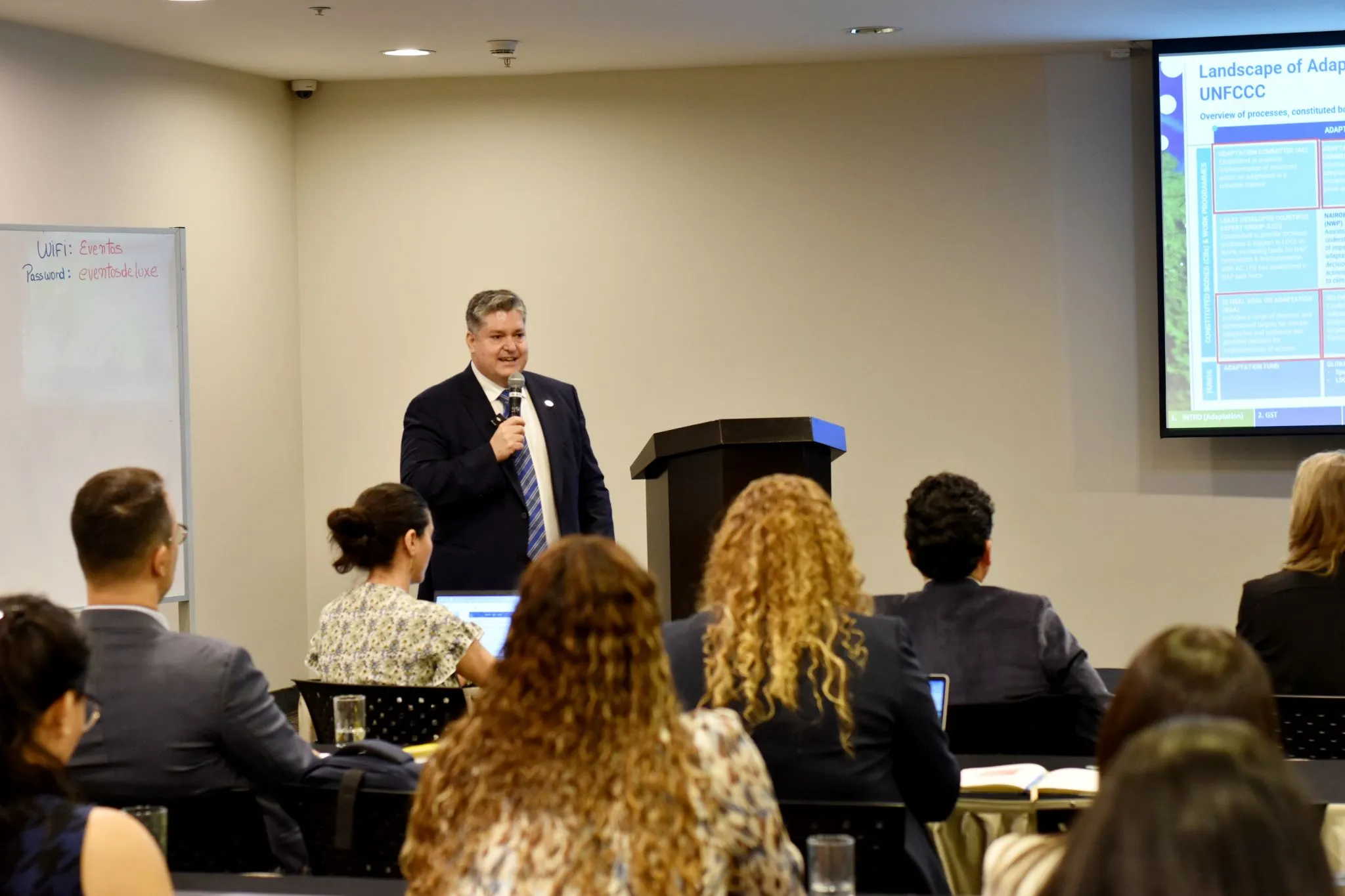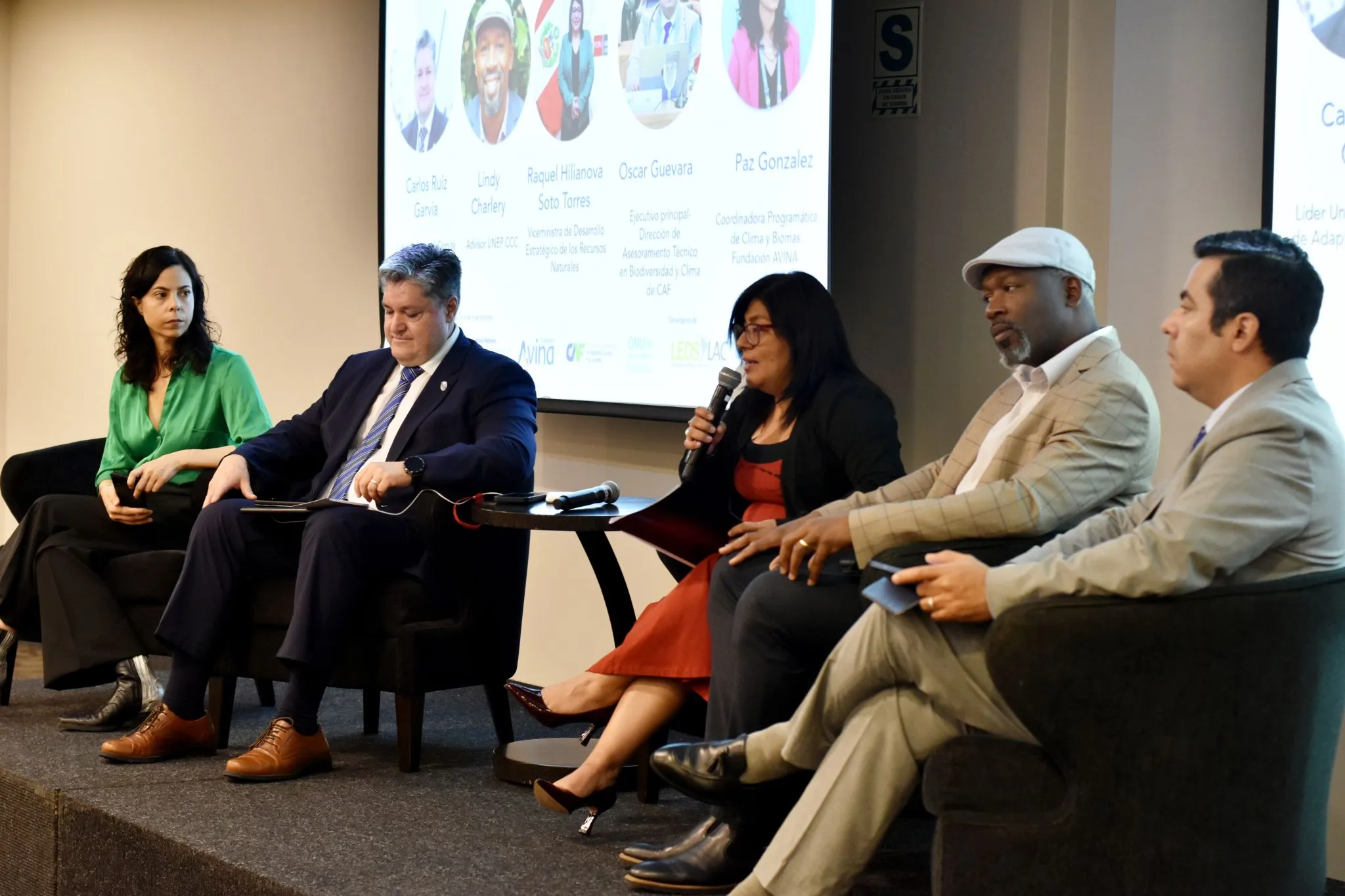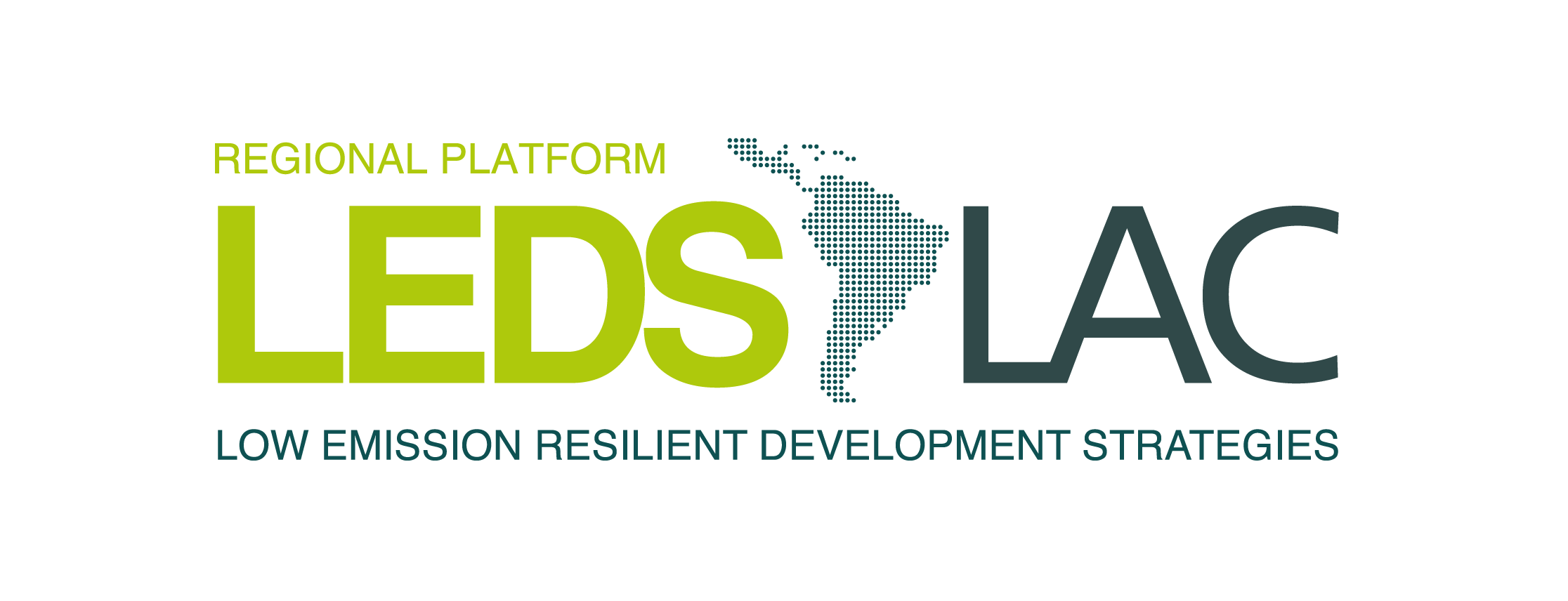From April 1 to 4, 2025, Lima was the meeting point for representatives from all of Latin America and the Caribbean committed to a common goal: to strengthen adaptation to climate change. For four days, the Adaptation Academy 2025 brought together national authorities, technical experts, representatives of international organizations and civil society actors to exchange experiences, learn together and build regional solutions to global challenges.
This space, organized by the UN Climate Change Secretariat, Avina Foundation, CAF -development bank of Latin America and the Caribbean-. and the United Nations Environment Program (UNEP)The company had the valuable support of the LEDS LAC Platform and Dragonfly.
The main focus was clear: improving the quality of adaptation and loss and damage reportssharing lessons learned from the Biennial Transparency ReportsThe project will also help to identify funding opportunities and consolidate a regional community of practice.
How to strengthen adaptation to climate change in Latin America and the Caribbean?
Assessing risks is only the first step. We also need to helpful information, consistent frameworks, real participation and effective action.
At the Academy, the following were identified 5 key learnings that could mark a turning point in the way our region deals with climate change:
1. Making the complex simple
Risk assessment methodologies must be understandable, applicable and useful to those on the front line of climate action: communities and local governments.
2. Accessible data, effective decisions
Strengthening robust and open databases is essential to implementing the United Arab Emirates Framework. The region should focus on innovation, the use of artificial intelligence and big datato make better decisions.
Measure to improve
Aligning global and local indicators makes it possible to evaluate the real effectiveness of actions. The systems of Monitoring, Evaluation and Learning (MEL) and transparency are key to moving forward.
4. Local matters
Actively include the contributions of subnational governments and communities in the definition of the Global Goal on Adaptation (GGA) strengthens climate governance. We need structures multilevel with real capabilities.
5. Articulating frameworks, adding impacts
Strengthen integration with the Sendai Framework and the Loss and Damage Mechanism allows the Ecosystem-based Adaptation (EbA) and the Nature-Based Solutions (NBS) more visible and effective.
Adapting also means transforming
Latin America and the Caribbean have the opportunity to lead an adaptation that will not only reacts, but also transformsaddressing structural inequalities and strengthening the resilience of the territories.






